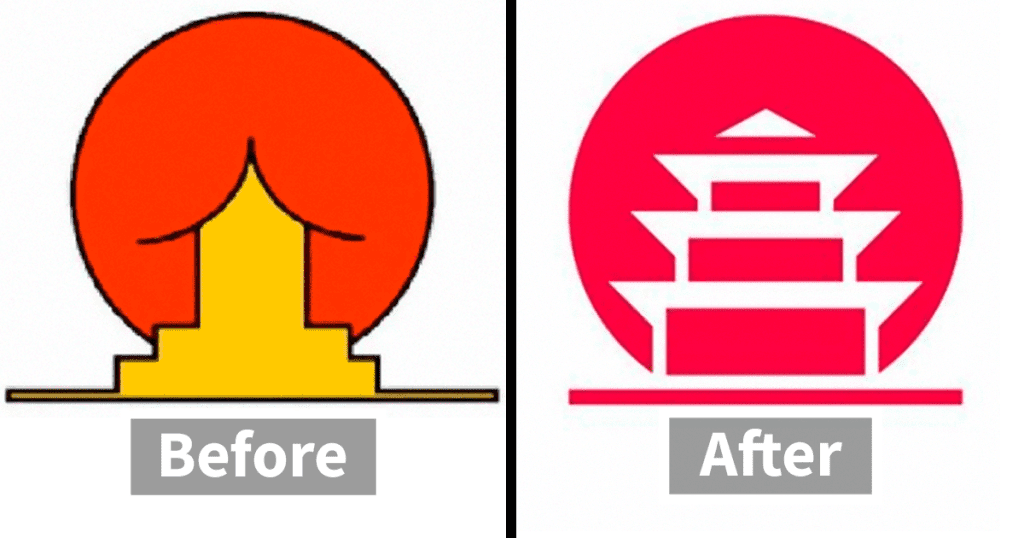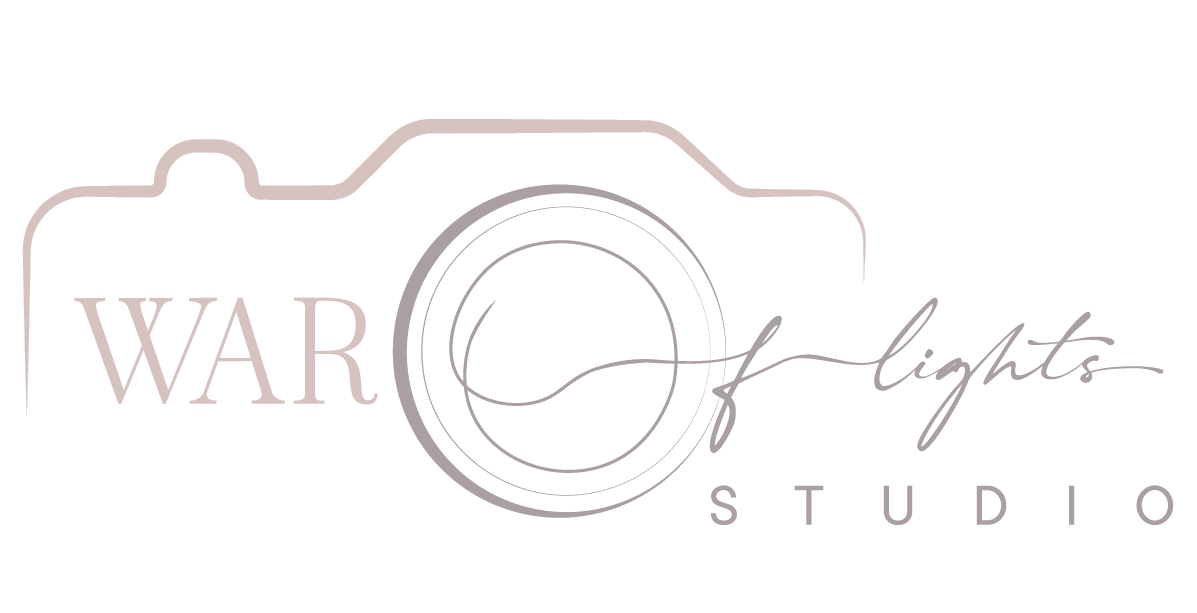Introduction
A logo is the visual representation of a company’s identity and brand. It plays a crucial role in creating a memorable first impression on potential customers. Many businesses, especially startups, may be tempted to hire a cheaper logo designer to save costs. However, this approach can lead to significant problems and hinder your branding efforts. In this article, we’ll delve into the five pitfalls of creating a logo with a cheaper designer and provide insights to ensure you create a logo that stands the test of time and reflects your brand’s essence.
1. Sacrificing Originality for Cost Savings
A common pitfall of hiring a cheaper designer is the risk of sacrificing originality. Cheap designers may resort to using generic templates or clip art to cut corners, resulting in a logo that lacks uniqueness. Your logo should be distinct and tailored to your brand’s values, mission, and target audience. Originality is key to setting your business apart from competitors and leaving a lasting impression on potential customers.
2. Compromising Professionalism and Quality
When you choose a cheaper designer, you may compromise on professionalism and quality. Amateur designers might lack the necessary expertise, design principles, and understanding of branding. A poorly designed logo can convey unprofessionalism and may not resonate with your audience, leading to decreased brand trust and credibility.
3. Limited Revisions and Iterations
Cheaper designers may impose limitations on the number of revisions and iterations during the design process. This constraint can hinder effective communication and collaboration, preventing you from refining the logo until it perfectly aligns with your vision. Investing in a professional designer ensures that you have the flexibility to fine-tune your logo until it perfectly embodies your brand’s identity.
4. Inadequate Understanding of Brand Identity
A logo should represent your brand’s values, personality, and vision. Cheaper designers may not take the time to understand your business thoroughly, resulting in a logo that misses the mark. A well-crafted logo requires a deep understanding of your target market, industry, and competitive landscape to resonate with your audience effectively.
5. Limited File Formats and Scalability
A crucial but often overlooked aspect of logo design is scalability. Cheaper designers might not provide your logo in various file formats or vector-based designs, limiting its adaptability for different applications. A logo must look impeccable on both small business cards and large banners, and without proper scalability, it can appear pixelated or distorted.
Remember, opting for a cheaper designer when creating a logo can lead to:
-
Lack of Originality
-
Compromised Professionalism and Quality
-
Limited Revisions and Iterations
-
Inadequate Understanding of Brand Identity
-
Limited File Formats and Scalability
Expert Insights and First-Hand Experience
As an experienced logo designer, I’ve witnessed the consequences of clients choosing cheaper designers. One particular instance involved a startup that hired a budget designer online. Despite providing a detailed brief, the logo delivered was unoriginal, and it resembled another company’s branding. This led to confusion among their target audience and, ultimately, a rebranding process that incurred additional costs and time.
Conclusion
Creating a logo is a crucial step in establishing your brand identity and leaving a lasting impression on your audience. While opting for a cheaper designer might seem like a cost-saving strategy, it often leads to several pitfalls that can harm your brand in the long run. To avoid these pitfalls, prioritize originality, professionalism, and scalability by investing in a skilled and experienced logo designer. Remember that your logo represents your brand’s essence, and it’s worth investing in a design that truly reflects the values and vision of your business.
FAQ
While online logo makers may seem convenient and cost-effective, they often lack the expertise and creativity required for a professionally designed logo. They tend to offer generic options that may not represent your brand adequately.
Look for freelance designers or design agencies with a strong portfolio. Many talented designers offer competitive rates for startups and small businesses without compromising on quality.
DIY logo design tools can be a starting point, but they are limited in terms of customization and originality. It’s best to use them for inspiration but work with a professional designer to create a unique and memorable logo.
Modifying a cheap logo yourself can be challenging, especially if you lack design skills. It’s often better to invest in a well-crafted logo from the start to avoid potential branding issues.
Communicate your brand values, target audience, and vision clearly to your chosen designer. Providing examples of logos you admire and explaining what you like about them can also be helpful.
Before finalizing your logo, test it across different mediums and sizes to ensure its scalability and readability. Seek feedback from trusted colleagues or friends to gauge its effectiveness.



